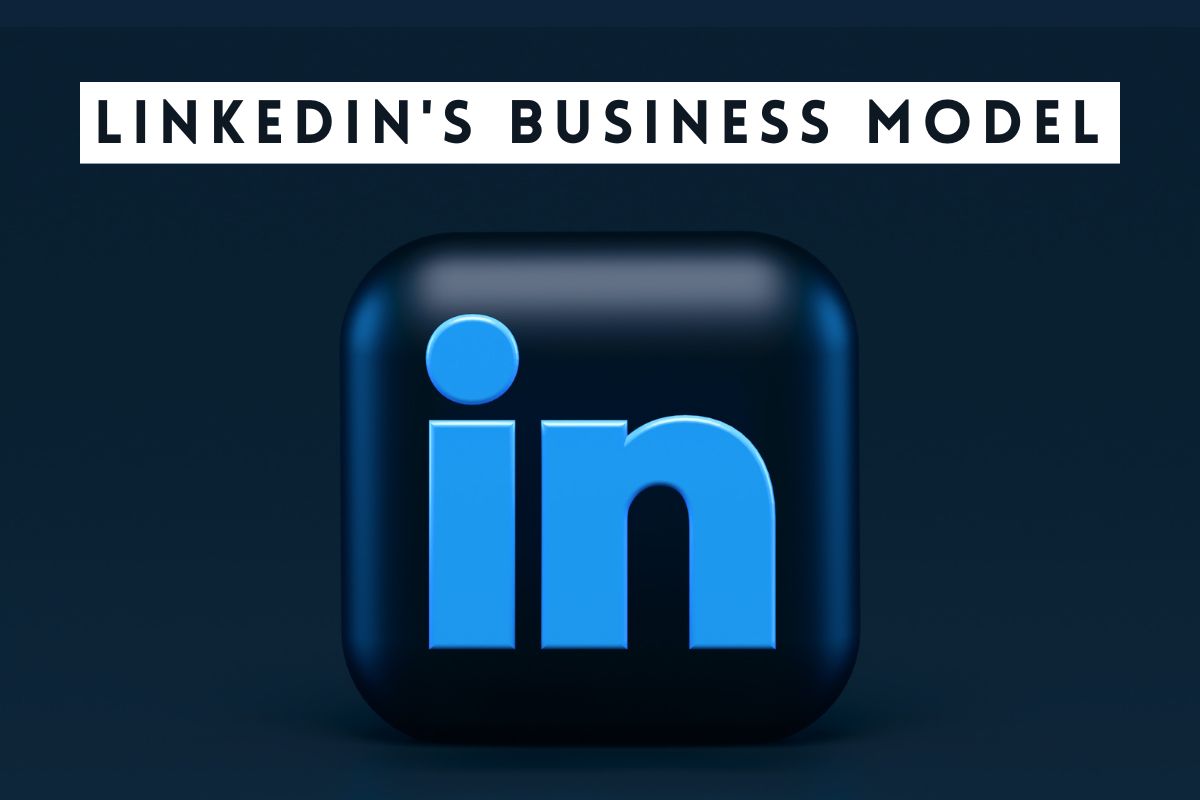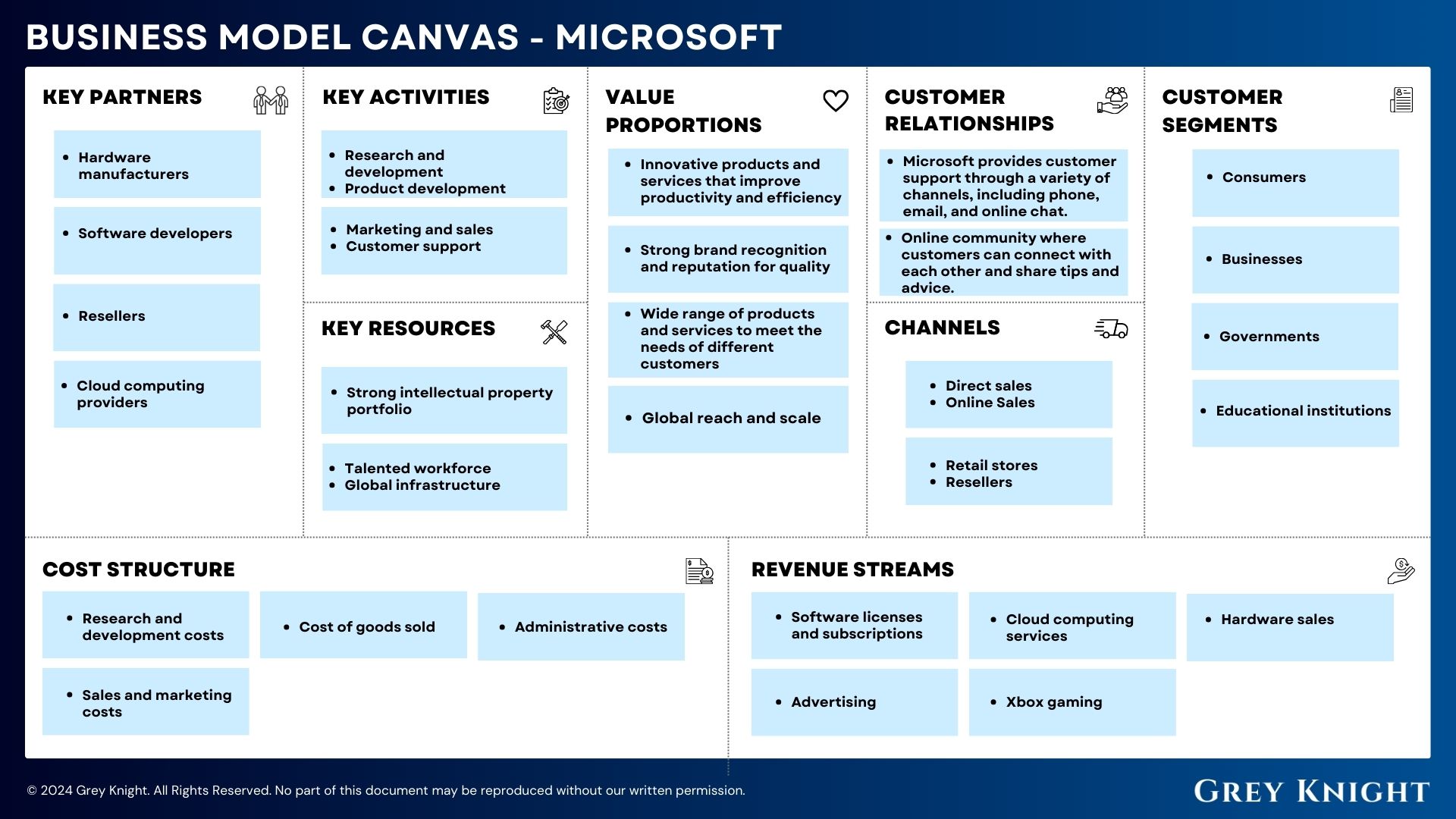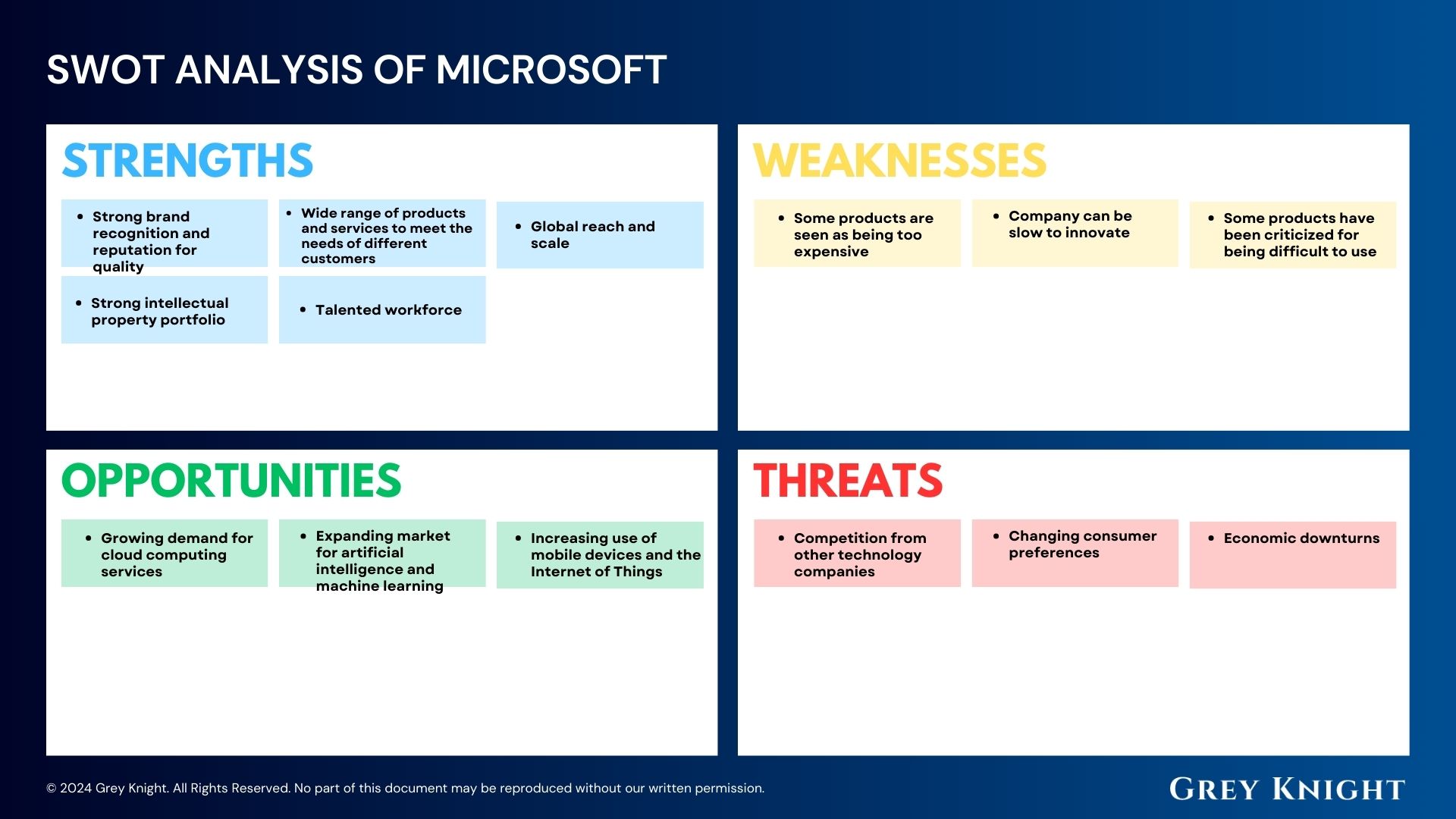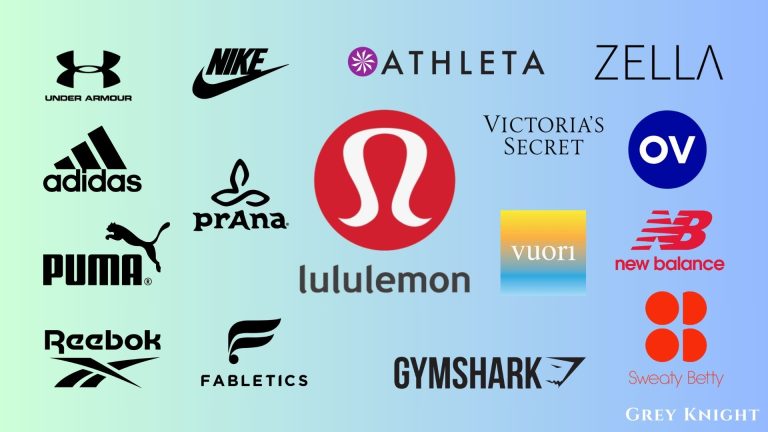LinkedIn, as a social networking site, has grown to be one of the most popular platforms for professionals globally. It connects individuals with job opportunities, businesses with talent, and marketers with a precise target audience. In this article, we will examine LinkedIn’s Business Model Canvas, its customer segments, value proposition, customer relationships, channels, revenue streams, key activities, and cost structure.
Table of Contents
ToggleCustomer Segments
LinkedIn serves three primary customer segments: individual internet users, recruiters, and advertisers/marketers. The platform offers a freemium service to individual users, providing a space to present themselves, network, and reach out to other users. Recruiters benefit from the structured database of four hundred million individuals and can quickly identify potential candidates, whereas advertisers and marketers can precisely target niche groups or larger interest groups.
Value Proposition
For individual users, the primary value proposition of LinkedIn is the ability to present themselves professionally, network, and reach out to other users. The platform’s structured database enables recruiters to identify and contact potential candidates, making the recruitment process more efficient. Advertisers and marketers can also target niche groups or interest groups precisely, giving them an advantage in their marketing campaigns.
Customer Relationships
Most of LinkedIn’s customer relationships are automated, with very little human interaction. Users create and maintain their profiles and connections independently, which is an example of same-side network effects. Recruiters and advertisers benefit from cross-side network effects, whereby a larger network of users increases the platform’s value to them.
Channels
LinkedIn’s dominant channel is its website and mobile app, which now accounts for 55% of all user access. The platform’s extensive SEO presence has given it a significant advantage, and users tend to access it directly. For advertisers and recruiters, direct sales and subscriptions are the main routes to market.
Revenue Streams
LinkedIn’s revenue streams are primarily from subscriptions and add-ons. Individuals seeking jobs can purchase a job hunter subscription, while salespeople can purchase a Salesman subscription. The company also offers hiring solutions, where businesses pay to post job adverts, reach out to potential candidates, and have a branded talent site on LinkedIn. These sources of revenue, along with advertising, contribute to LinkedIn’s revenue streams.
Key Activities
LinkedIn’s primary activity is the platform’s development and increasing user engagement, which ultimately leads to higher recruiter fees. Without a platform, there is no network, and without a network, nothing else works. Therefore, LinkedIn must continually develop its platform to remain relevant and drive user engagement.
Cost Structure
LinkedIn’s most significant cost centers are web hosting and data centers, which are typically very expensive. The platform’s primary cost is product development, which drives its key activities, including growing the network and creating barriers to entry for other companies.
Conclusion
LinkedIn’s Business Model enables the platform to provide valuable services to its customers while generating revenue. By continually developing its platform and growing its user base, LinkedIn has become one of the most successful social networking sites globally. Understanding LinkedIn’s business model can help individuals, recruiters, and advertisers optimize their use of the platform and achieve their professional goals.
Additional Resources
To keep learning and advancing your career, we highly recommend these additional resources:
Uber’s Business Model: Disrupting the Traditional Taxi Industry
Google’s Business Model: How it Works for Users and Advertisers
Audible’s Business Model: Disrupting the Audiobook Industry
Tencent’s Business Model: A Look at China’s Leading Tech Giant
IBM’s Business Model: Analysis of the Tech Giant’s Operations
Amazon’s Business Model: From Click to Doorstep
Tesla’s Business Model: An Analysis of Their Unique Approach to Sustainable Transportation
Airbnb’s Business Model: How Does Airbnb Make Money
TikTok’s Business Model: How the App Attracts Gen Z and Brands
Microsoft’s Business Model: How the Tech Giant Makes Money
Spotify’s Business Model: How Spotify Became the King of Music Streaming












